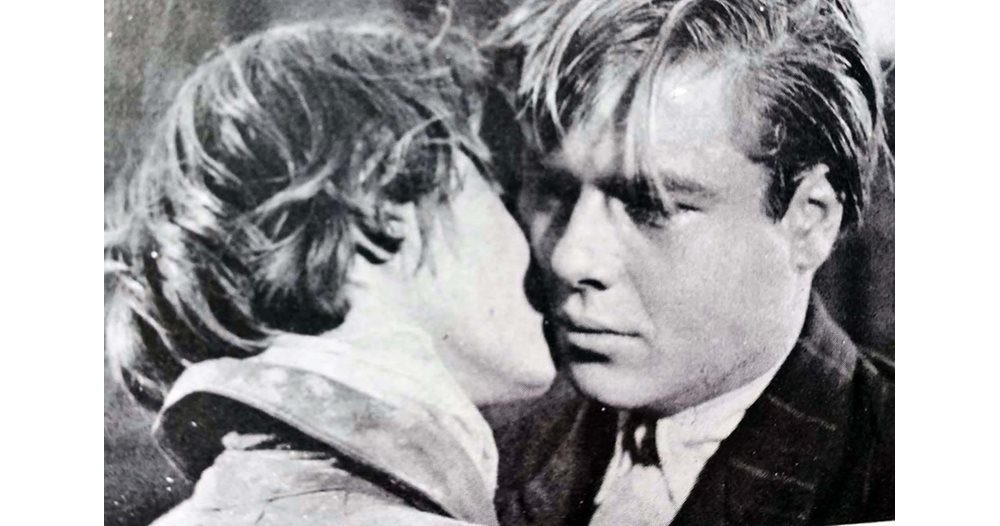Groundwater levels in small reservoirs are below normal for the season in most of Götaland, Svealand and after the Norrland coast. This is shown by a recent update from Sweden’s Geological Survey (SGU).
The small reservoirs in particular react quickly to precipitation, according to SGU, but it is still a matter of months before there is any visible effect. The levels right now are a result of the weather this spring, when it rained less than it usually does in the area during the period, says Anders Retzner, hydrogeologist at SGU.
– The rain that comes in the spring – when it’s still a little cool and the vegetation hasn’t started properly – is very important for the small magazines during the summer. The fact that it wasn’t filled up properly this spring will have to be dragged along during the summer, he says.
“Slow down”
Neither last week’s heat wave nor the rain that has followed it in many places will therefore noticeably affect the groundwater levels in any direction.
– What the rain can help with now is to slow down this downward trend and perhaps make sure that the bottom does not end up very far down, says Anders Retzner.
Small reservoirs can be found largely throughout Sweden. Among other things, they contribute water to around one million permanent residents in Sweden who get their water from individual wells.
Irrigation ban in several places
The large water reservoirs are affected much more slowly by the weather and are important for the municipal water supply. The levels there reflect how the weather was one, or even several, years ago. Even in the large stores, the levels are in several places lower than normal for the time of year.
The low groundwater levels have caused municipality after municipality to decide on bans on watering gardens and crops with municipal water, and to fill up pools. Some municipalities have, among other things, also issued bans on car washing with a water hose at home. The idea is that the measures will ensure the availability of drinking water throughout the summer.
–


